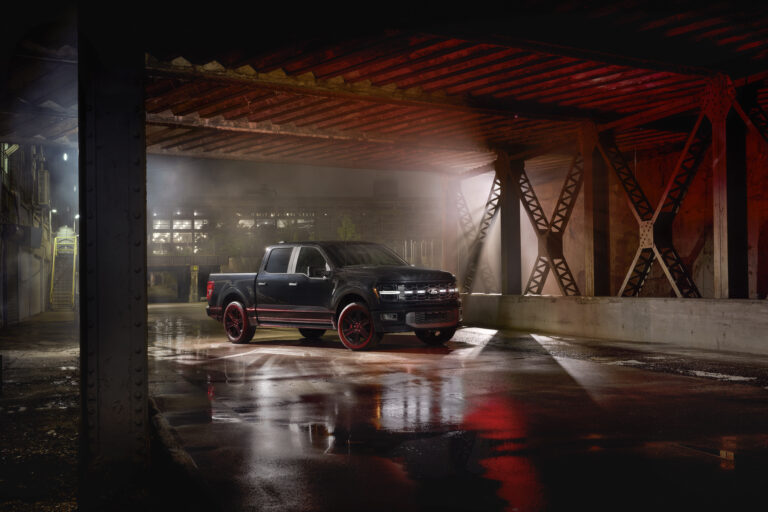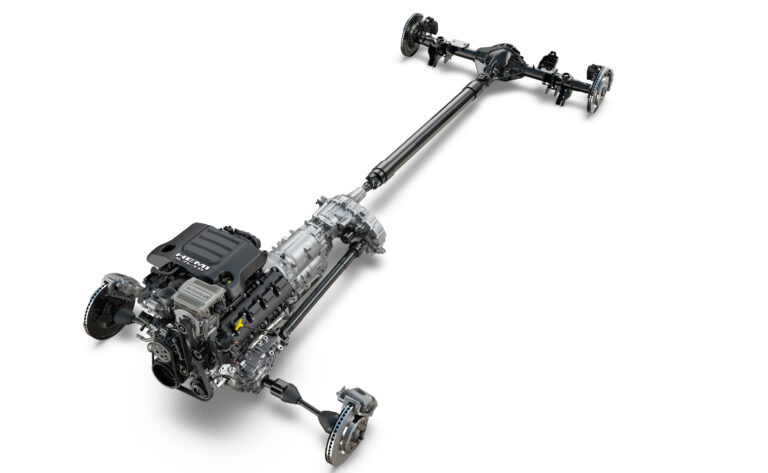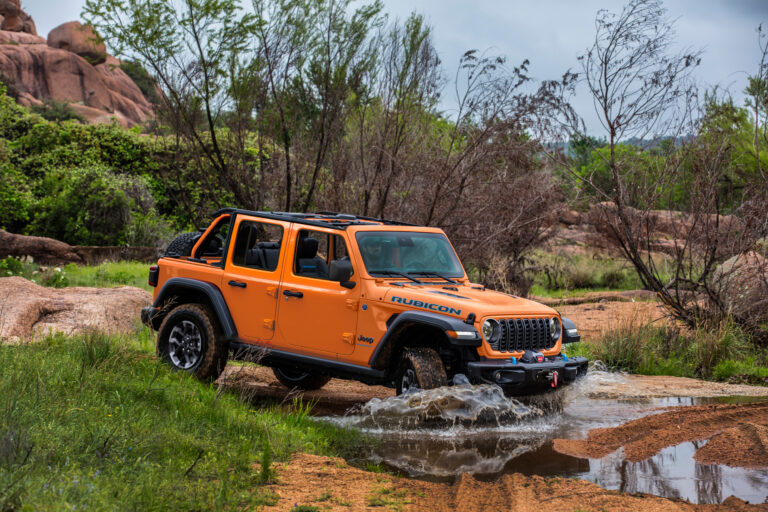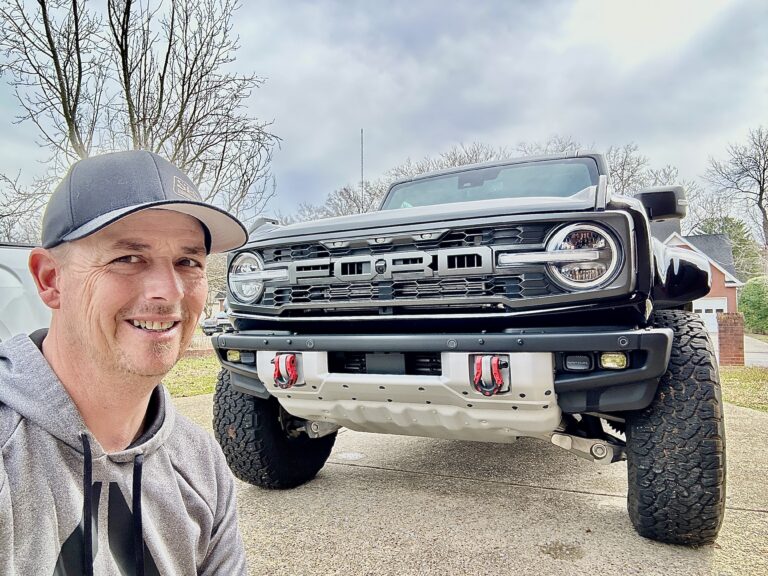
To mark 4x4 Day 2025, Jeep unveils its newest can’t miss exterior shade, Joose. The vibrant shade of orange is available to order now on both the iconic Jeep Wrangler and the industry's most capable midsize pickup, Jeep Gladiator.
For over 50 years, one brand has ruled the off-road SUV segment: Jeep. From its military roots to suburban driveways, Jeep has become synonymous with rugged capability and iconic design. Over the decades, it has outlasted competitors like the Isuzu Amigo and Suzuki Samurai, relying on a proven formula—solid axle suspension, no-frills interiors, and unmatched trail toughness.

Despite enduring ownership changes—from Chrysler to DaimlerChrysler, then Fiat, and now the Stellantis Group—the Wrangler’s DNA has remained largely unchanged. But with the market shifting and new players emerging, is it time for Jeep to rethink its winning formula?
Enter the Ford Bronco
Ford’s reintroduction of the Bronco has turned heads and, more importantly, started eating into Jeep’s market share. While the Bronco name is legendary, the new model’s blueprint draws heavily from the Wrangler playbook: removable roof, upright seating, and off-road prowess.

At first glance, the sales gap appeared large. In 2021, Jeep moved 204,609 Wranglers, while the newly relaunched Bronco sold just 35,023 units. But fast forward to 2024, and the story is different—Jeep sold 151,163 Wranglers, while the Bronco reached 138,150 units. That’s no longer a gap—it’s a challenge.
Why the Bronco Is Closing In
The secret sauce might be modern driving dynamics. The Wrangler’s solid front axle remains beloved for its durability and off-road articulation, but it’s outdated for daily driving. Most buyers, especially those dropping $60,000 to $100,000 on a vehicle, expect something that handles well on-road as well as off. That’s where the Bronco’s independent front suspension gives Ford a major edge.
Initially, off-road purists scoffed at Ford’s decision. But new buyers—who spend more time on the highway than on the trails—are embracing it. They’re willing to trade a bit of trail capability for a significantly better ride quality.
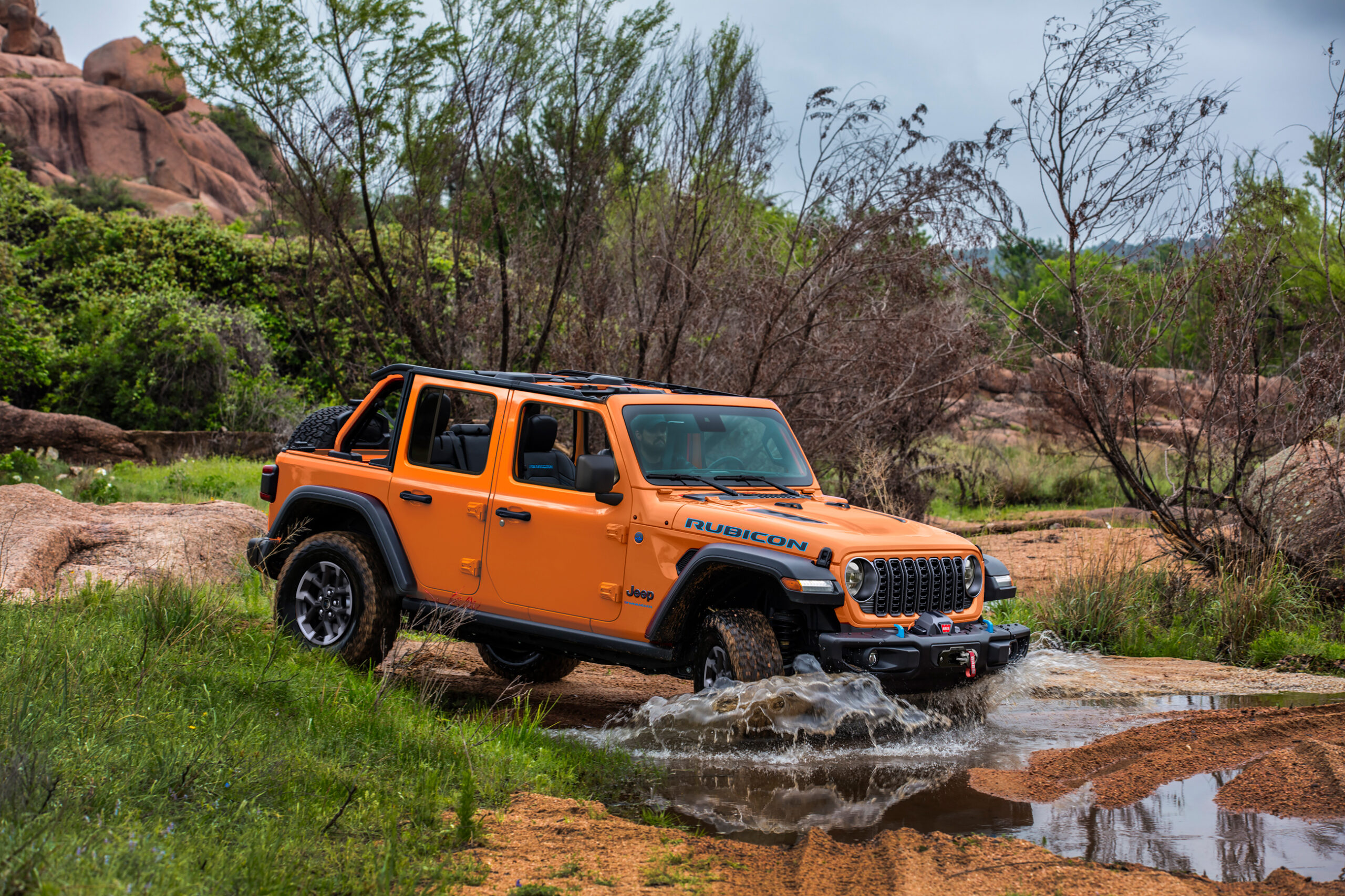
What Jeep Needs to Do
With Wrangler sales slipping and the current generation nearing the end of its lifecycle, Jeep needs to make some bold moves. New leadership and a clearer vision could help shift the brand toward a more modern direction—starting with independent front suspension (IFS) on select trims.
Imagine a next-gen Wrangler lineup where models like the Sport, Sport S, and Sahara come equipped with IFS for improved daily drivability. Meanwhile, hardcore variants like the Willys, Rubicon, and Rubicon 392 retain their solid axles and Dana hardware for true off-road enthusiasts. That hybrid strategy could give Jeep a powerful advantage over Ford—offering both road comfort and trail dominance.

The Jeep Gladiator, often seen as the Swiss Army knife of midsize pickups, would also benefit greatly from an IFS upgrade. We’ve owned and tested the Gladiator long-term, and while it impressed us in versatility, its ride and handling were always a compromise.
Looking Ahead
With competitors like the INEOS Grenadier targeting Jeep’s hardcore base, and the Bronco continuing to gain ground, now is the time for Jeep to evolve. But evolution doesn’t have to mean abandoning its roots.
Jeep has an opportunity to build a Wrangler lineup that caters to both the modern driver and the off-road purist. And in doing so, it could continue its reign—not by standing still, but by adapting strategically.
What do you think the next generation Wrangler should look like? Let us know in the comments—should Jeep go fully modern, stick with tradition, or strike a balance between the two?

